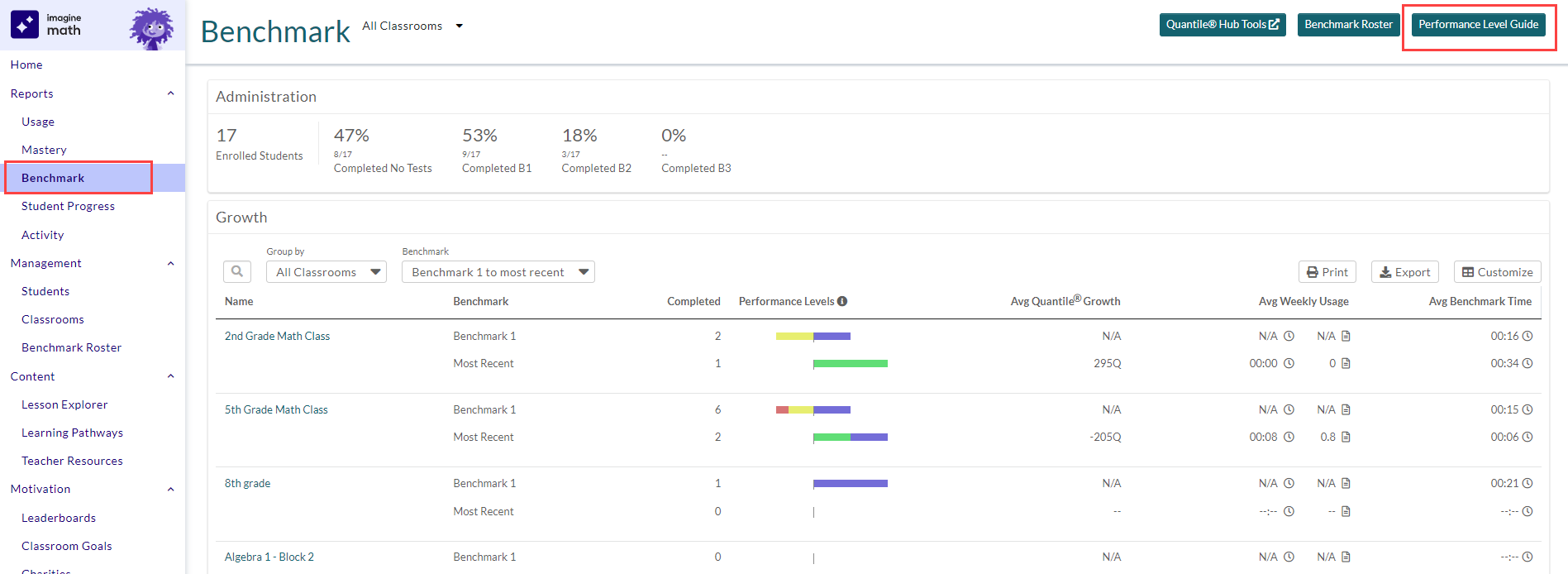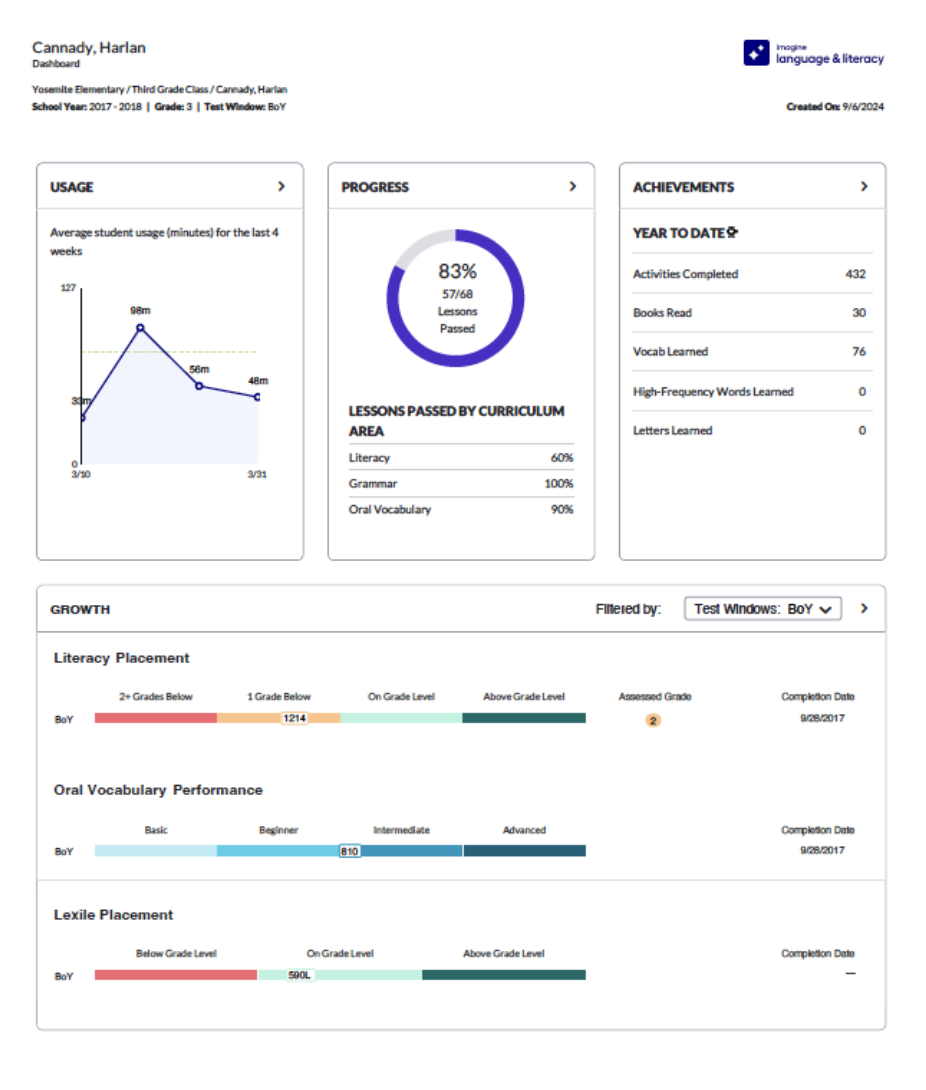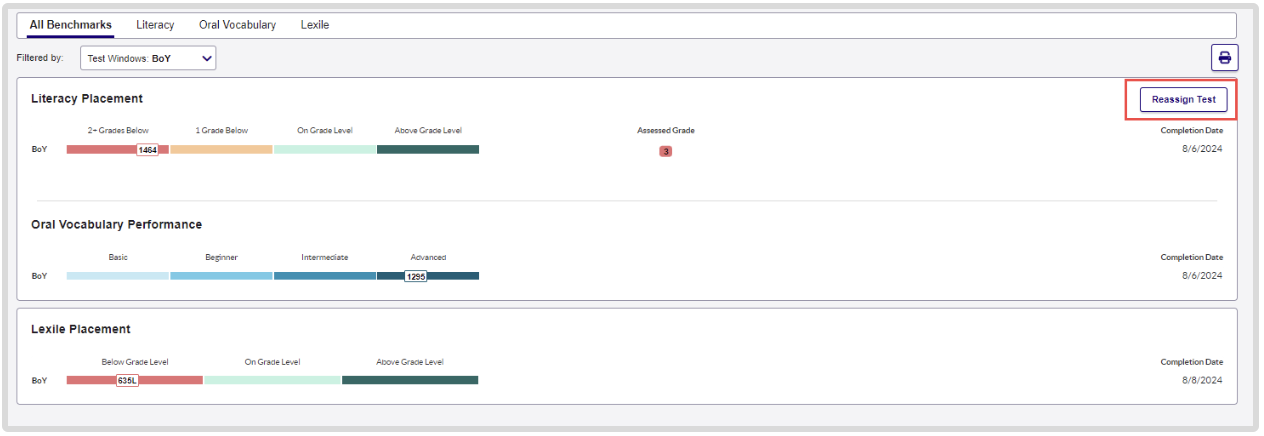September 30, 2024 9:00 am
Imagine Learning Foundation Surpasses $1 Million in Giving, Expands Support for Vulnerable Youth
The Imagine Learning Foundation (ILF), the philanthropic initiative funded by Imagine Learning, the nation’s largest provider of digital-first curriculum solutions, today announced $500,000 in Signature Grant awards to seven organizations dedicated to supporting student well-being beyond the classroom.
Tempe, Arizona — September 30, 2024 – The Imagine Learning Foundation (ILF), the philanthropic initiative funded by Imagine Learning, the nation’s largest provider of digital-first curriculum solutions, today announced $500,000 in Signature Grant awards to seven organizations dedicated to supporting student well-being beyond the classroom. This year’s grant allocation reflects a 25% increase over last year, further emphasizing ILF’s commitment to tackling youth homelessness and chronic absenteeism, two of the most critical issues facing students today.
Since its launch in 2021, ILF has awarded over $1.2 million through 29 grants as part of its initial $5 million funding commitment. The recipient organizations have positively impacted more than 413,000 students in 1,700 communities across the U.S., addressing issues from homelessness to mental health.
“Since the inception of the Imagine Learning Foundation, we have always been dedicated to supporting learners beyond the classroom,” said Jonathan Grayer, Chairman and Chief Executive Officer of Imagine Learning. “This year, we placed a stronger emphasis on supporting organizations committed to addressing the growing crisis of youth homelessness and chronic absenteeism—issues that directly affect a student’s success and have lasting impacts on their learning and well-being. Together with our Signature Grant recipients, we are dedicated to ensuring that every student has the support and stability necessary to overcome these challenges and reach their full potential.”
Targeting Key Areas of Student Support
Two-thirds of K-12 students attended a school where at least 20% of the student body was chronically absent, creating a crisis for these students, especially in math and reading. Additionally, there are over 1.2 million students experiencing homelessness putting them at greater academic and graduation risks than their peers. To meet this growing crisis, the 2024 Signature Grants were awarded to organizations working in one of four key giving areas: basic needs support, wraparound services for students and families experiencing homelessness, mental health support, and research to address chronic absenteeism.
2024 Signature Award Winners
- Catie’s Closet, founded in 2010, is a New England-based nonprofit dedicated to providing children with access to the clothing and basic necessities children need so they can thrive in school and in life. ILF is awarding Catie’s Closet a $100,000 grant to subsidize the cost of supplies, fund emergency support needs, expand its order request system, and ultimately impact over 3,500 youth throughout Massachusetts and New Hampshire.
- Giving the Basics (GTB), founded in 2011, is a Kansas-based nonprofit dedicated to bringing improved health, hope, and dignity to struggling children and adults through the procurement, fulfillment, and distribution of personal hygiene products. ILF is awarding GTB with a $50,000 grant to fund warehouse distribution center costs and subsidize supply procurement to help fight the negative effect of poverty on student hygiene for over 200,000 students throughout Kansas.
- Our House, founded in 1988, is an Atlanta, Georgia-based nonprofit dedicated to providing transformative care to end the cycle of homelessness for families and children. ILF is awarding Our House with a $100,000 grant to provide health care, family advocacy services, case management support, and housing support for over 650 students in the greater Atlanta area.
- UpSpring, founded in 1998, is an Ohio-based nonprofit dedicated to empowering children experiencing homelessness by providing opportunities through education and enrichment. ILF is awarding UpSpring a $50,000 grant to provide year-round services, including after-school programming, summer day-camp, and an on-demand resource center stocked with supplies servicing over 415 students within Greater Cincinnati & Northern Kentucky.
- SchoolHouse Connection (SHC), founded in 2016, is a national nonprofit organization working to overcome homelessness through education. ILF has awarded SHC with a $100,000 grant to fully fund the first-ever national initiative between SHC and Attendance Works (AW) to research best practices for improving attendance of students experiencing homelessness. The initiative includes a research study, case studies, webinars, training, and a 2025 attendance awareness campaign to ultimately support students nationwide.
Returning Grant Recipients
- Our Minds Matter (OMM), founded in 2012, is a Virginia-based national nonprofit dedicated to fostering a student-led movement working towards a day when no teen dies by suicide, and where all teens have access to the mental health resources they need to become their best selves. Originally awarded a $100,000 grant in 2023, ILF is renewing its commitment to OMM with an additional $50,000 this year to expand the reach of existing clubs that currently have over 3,000 student members nationwide, fund campaign support, community events, and a new, accessible website design.
- Erika’s Lighthouse, founded in 2004, is an Illinois-based national nonprofit dedicated to raising awareness and educating youth, their families, and the community about adolescent depression while breaking down the stigma surrounding mental health issues. Originally awarded a $100,000 inaugural grant in 2022, and a second $50,000 grant in 2023, ILF is renewing its commitment to Erika’s Lighthouse with an additional $50,000 this year to fund national campaigns, create a new data center, and help provide recognition to model schools for the betterment of over 120,000 students nationwide.
“The 2024 grant cycle marks a significant milestone for the Imagine Learning Foundation, pushing us beyond the million-dollar mark in funding, and extending our reach to students in every state across the nation,” said Chris Graham, Chairman and President of the Imagine Learning Foundation. “We are proud to partner with so many impactful organizations and focus this year on the pressing problems of student homelessness and chronic absenteeism. We are confident that together the Imagine Learning Foundation and our partners will continue to drive positive impact and create brighter futures for countless students nationwide.”
Grassroots Grants
In addition to the Signature Grants, ILF awards Grassroots Grants to employee-recommended regional organizations that focus on learner well-being within Imagine Learning employees’ local communities. Two recent Grassroots Grants, awarded to Sleep In Heavenly Peace and Homeless Youth Connection, were announced earlier this month in celebration of Imagine Learning’s new headquarters opening in Tempe, Arizona.
For more information about the Imagine Learning Foundation and the 2024 Signature Grant awardees, visit imaginelearningfoundation.org.
About Imagine Learning Foundation
Imagine Learning Foundation is a non-profit organization focused on fostering the well-being of learners and the people who support them at home and in their communities. Established in 2021, the Imagine Learning Foundation funds a variety of grants to mission-aligned national non-profit organizations that support initiatives to foster well-being of youth, families, and educators with an emphasis on accelerating student achievement. Imagine Learning Foundation is the philanthropic initiative of Imagine Learning, the largest provider of digital curriculum solutions in the U.S. Additional information is available at imaginelearningfoundation.org.






